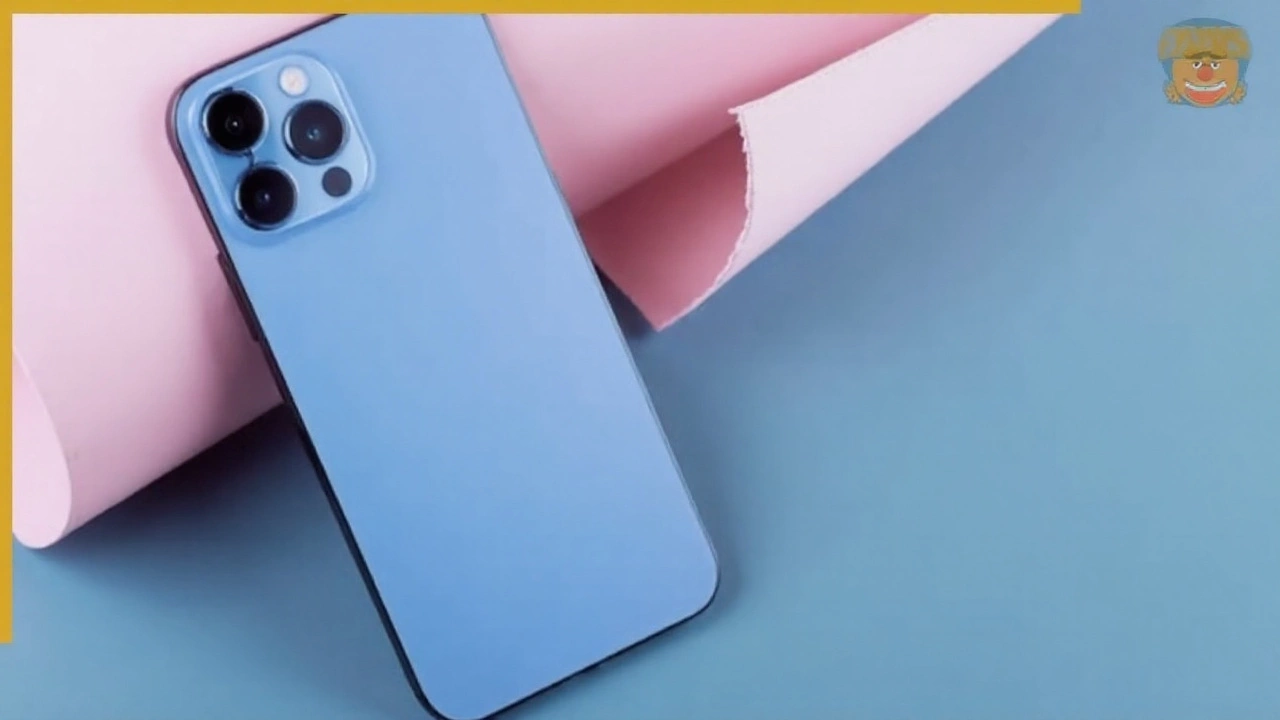iPhone 17: What to Expect and How It Impacts Your Business
If you’ve been following Apple’s yearly upgrades, you know the hype starts months before any official announcement. The iPhone 17 is already generating buzz, and the rumors are shaping how developers and marketers plan their next moves. In this guide we’ll break down the most talked‑about specs, estimate the launch window, and show you why the new device matters for your apps and marketing campaigns.
Key Rumors and Possible Specs
Industry insiders point to a few consistent themes: a faster chip, a better camera system, and a shift toward under‑display technology. The expected A18 Bionic processor is said to deliver up to 30% more performance than the current A17, which means smoother graphics, faster AI calculations, and lower power consumption. For developers, that translates into more room for complex on‑device processing without draining battery life.
Camera upgrades are another hot topic. Sources claim a 48‑megapixel primary sensor with larger pixels and improved low‑light performance. If true, apps that rely on image recognition or AR will get clearer data straight from the phone, reducing the need for server‑side enhancements.
Design-wise, a thinner display with an under‑screen Face ID system could finally eliminate the notch. A true edge‑to‑edge screen would give designers extra real estate for UI elements, while also demanding fresh design guidelines to keep touch targets comfortable.
Why iPhone 17 Matters for Developers and Marketers
From a development perspective, the new chip and camera combo open doors for richer experiences. Think AI‑driven photo editing, real‑time translation, or more immersive AR games that run locally. If you’re building a web app, the upgraded Safari engine will handle heavier JavaScript workloads, meaning you can add features without worrying about slowdowns.
For marketers, the iPhone 17’s likely launch in September 2025 aligns with the back‑to‑school and holiday shopping seasons. That timing creates a prime window for app install campaigns, especially if you highlight exclusive features that leverage the new hardware. Short‑form video ads showcasing the camera’s low‑light capabilities can capture attention quickly.
Another angle is app store visibility. Apple often gives early‑access badges or featured spots to apps that integrate new iPhone features at launch. Getting ahead of the curve by testing beta versions on Apple’s developer preview could land you that premium placement.
Lastly, user expectations rise with each iPhone iteration. Consumers will look for sleek design, faster load times, and smoother animations. If your existing app feels sluggish on the iPhone 17, users might abandon it for a competitor. Regular performance audits and UI refreshes become essential to keep pace.
In short, the iPhone 17 isn’t just another smartphone. It’s a platform upgrade that can boost your app’s capabilities, refresh your marketing angles, and open up new revenue streams. Keep an eye on official leaks, start testing early, and align your launch plans with Apple’s schedule to make the most of the next big iPhone buzz.
iPhone 17 leads Apple’s boldest lineup yet, with ultrathin Air and Pro cameras built for filmmakers
Apple launched four iPhone 17 models, including a new ultrathin iPhone Air and redesigned Pro phones with a vapor chamber for cooler, faster performance. The standard model gets a 6.3-inch 120Hz display and doubled base storage. Pro cameras jump to 8x optical-quality zoom and add ProRes RAW, Log 2, and genlock. Preorders start Sept. 12; iOS 26 arrives Sept. 15.
READ MORE